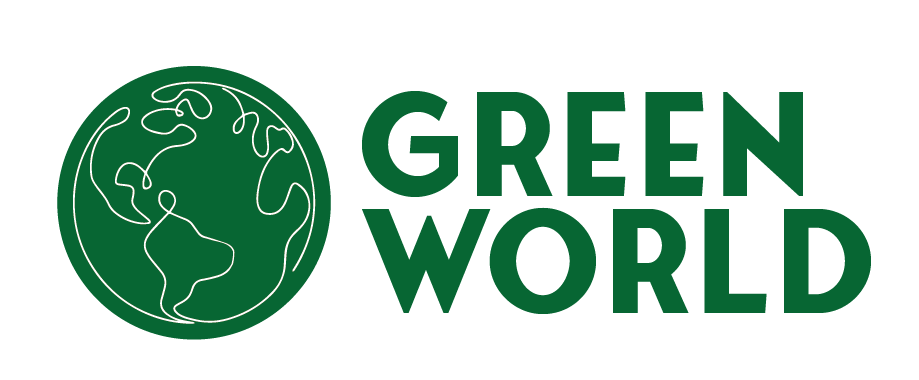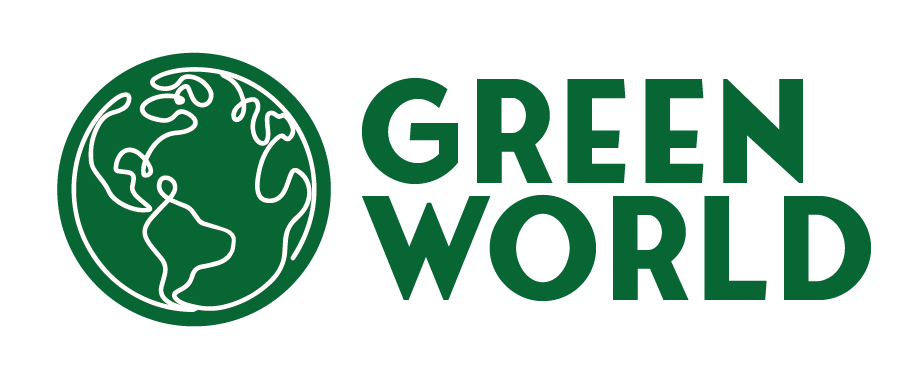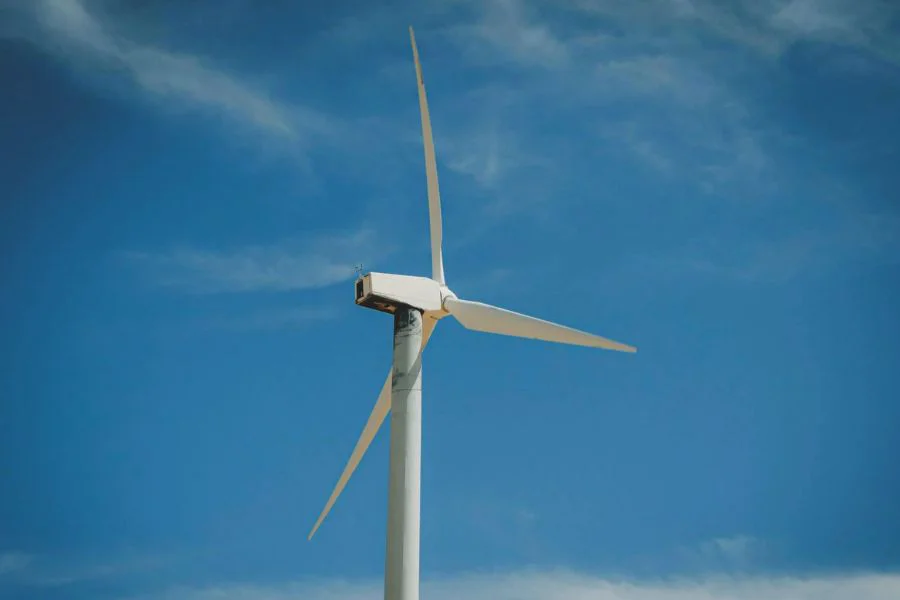South Africa is witnessing a remarkable surge in its wind energy sector, driven by strategic policy reforms that are fostering economic growth, job creation, and substantial investment. The South African Wind Energy Association (SAWEA) reports a significant milestone in 2023, with the wind industry contributing over 46 gigawatt-hours (GWh) to the national grid, highlighting the nation’s steadfast commitment to renewable energy as a cornerstone of its energy strategy. This development signals a profound shift towards a sustainable and diversified energy future for South Africa.
Wind Energy: A Catalyst for Economic Transformation and Energy Security
Wind energy is rapidly solidifying its position as a pivotal element in South Africa’s energy transition. The country’s abundant wind resources are being effectively harnessed to power homes, industries, and various economic sectors, thereby enhancing the accessibility of renewable energy. This transformation is not merely about reducing carbon emissions; it is also a powerful economic driver, creating jobs, supporting local manufacturing, and stimulating industrial expansion. South Africa’s proactive stance has positioned it as a leading force in renewable energy on the African continent. A recent milestone, the signing of RBM’s third Power Purchase Agreement (PPA) for the Overberg Wind Farm, will add 230 megawatts (MW) of wind power to the grid, reinforcing the collaborative efforts of the government and industry stakeholders to accelerate the deployment of renewable energy projects.
Policy Reforms: Fueling Unprecedented Growth in Wind Energy Capacity
South Africa’s wind energy boom is underpinned by a series of transformative regulatory changes. The Electricity Regulation Amendment Act (ERA) and other policy updates have cultivated an investor-friendly environment, fostering healthy competition and enhancing grid efficiency. The updated Integrated Resource Plan (IRP 2024) provides a clear roadmap for increasing wind energy capacity in the coming years. These reforms build upon the success of the Renewable Energy Independent Power Producer Procurement Programme (REIPPPP), which has already facilitated the integration of approximately 3.4 gigawatts (GW) of wind energy capacity through 34 operational projects and six more under construction.
Significant Economic Impact and Robust Investment Growth
The wind energy sector is playing a crucial role in South Africa’s economic expansion, attracting significant investment and creating numerous job opportunities. Government estimates project that wind energy could contribute between 69 GW and 76 GW of new capacity by 2050, representing a vast opportunity for further investment and employment growth. The REIPPPP has already secured over R250 billion (approximately $13.6 billion) in investment, demonstrating strong investor confidence. With a robust pipeline of 21 wind projects totaling 2.5 GW, South Africa continues to attract both international and domestic investors, contributing to the development of local industries and the creation of skilled jobs.
Collaborative Efforts and the Exploration of Offshore Wind Potential
The growth of South Africa’s wind energy sector is driven by both public procurement programs and private off-take agreements. The removal of licensing requirements for power plants exceeding 100 MW has further accelerated private sector involvement, unlocking new opportunities for large-scale investments. Industry projections suggest that up to 33 GW of wind power is currently in various stages of development. South Africa is also exploring its offshore wind potential, with a 2022 feasibility study by the Council for Scientific and Industrial Research (CSIR) estimating that shallow-water offshore wind farms could generate up to 44.52 terawatt-hours (TWh) annually, and deep-water projects could yield as much as 2,387 TWh. The announcement of an 800 MW offshore wind farm by Hexicon AB and Genesis Eco-Energy Developments off the coast of Richards Bay marks a significant step in diversifying South Africa’s renewable energy sources.
Navigating Challenges and Embracing a Sustainable Future
While South Africa’s wind energy sector is experiencing rapid growth, challenges such as financial constraints, regulatory complexities, and grid capacity limitations remain. However, ongoing policy improvements and flexible off-take agreements are helping to address these issues. The government has set an ambitious target of adding 6 GW of renewable energy capacity between 2023 and 2027, with projected investments in wind, solar, and energy storage reaching R498 billion. Collaboration between the government, private sector, and industry experts will be essential in overcoming these challenges. South Africa’s proactive approach to wind power sets a precedent for other African nations, demonstrating how strategic policies, partnerships, and investments can drive a cleaner and more resilient energy system. By embracing wind energy, South Africa is not just keeping pace with the renewable revolution—it is leading the charge towards a sustainable and energy-secure future.



